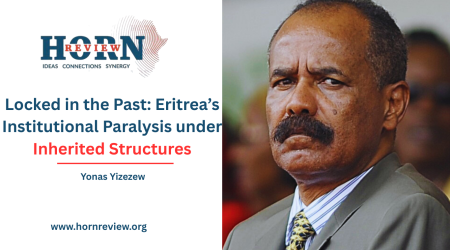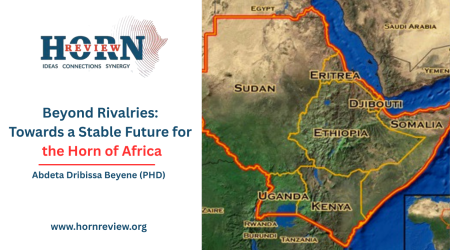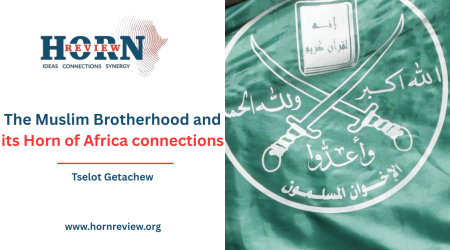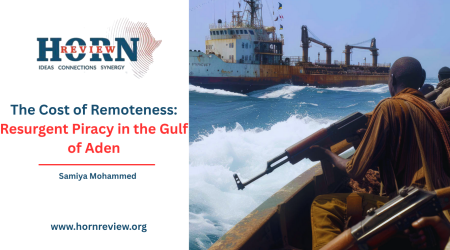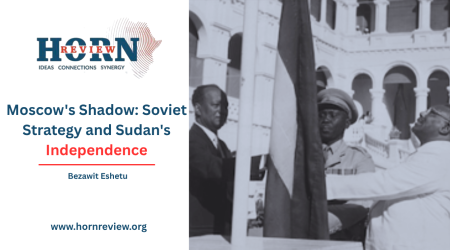
9
Apr
From Peace to Peril: How Ethio-Eritrean Hostility Derailed a Game-Changing Pipeline
The brief but momentous rapprochement between Ethiopia and Eritrea in the late 2010s engendered a rare opportunity for transformative regional infrastructure projects. Emerging from decades of enmity, the two nations pursued a historic peace agreement that momentarily rekindled hopes for economic integration. Among the most ambitious of these initiatives was a proposed energy corridor, a strategically critical pipeline linking Eritrea’s Assab port to Ethiopia’s capital, Addis Ababa. With the United Arab Emirates (UAE) serving as a principal partner, providing both financial backing and technical acumen, the pipeline was envisaged as a linchpin for regional energy security, facilitating the transport of crude oil, refined petroleum, and potentially natural gas. Beyond its economic utility, the project symbolized the potential for sustained reconciliation and mutual prosperity, offering Ethiopia a viable alternative to its long-standing reliance on Djibouti’s port.
However, the fragile peace underpinning this grand vision swiftly disintegrated in the wake of the Tigray War. The resurgence of deep-seated grievances, coupled with unresolved territorial disputes, fractured the cooperative spirit that had briefly defined Ethiopia-Eritrea relations. The swift deterioration of diplomatic ties, exacerbated by Ethiopia’s shifting geopolitical priorities, rendered the pipeline project increasingly untenable. Eritrea, rather than fostering the cooperative dynamic necessary for such an initiative, reverted to an adversarial posture, obstructing Ethiopia’s strategic ambitions and dismantling the framework for regional economic collaboration. While the project was never officially pronounced defunct, its prospects were effectively nullified by the cumulative weight of geopolitical friction, shifting alliances, and mutual distrust.
Parallel to the erosion of Ethiopian-Eritrean cooperation, Addis Ababa has pursued alternative maritime strategies, cognizant of the strategic imperative to secure diversified access to global markets. Ethiopia’s overwhelming reliance on Djibouti has long been viewed as a strategic vulnerability, one that the pipeline project was designed to mitigate. The failure of this initiative has only intensified Ethiopia’s urgency to forge alternative corridors to the Red Sea. This recalibration reflects a pragmatic recognition that economic resilience and energy security necessitate a broader portfolio of access points, insulated from the vicissitudes of bilateral hostilities and regional instability.
Conversely, Eritrea’s stance has become increasingly intransigent. The once-promising pipeline, rather than serving as a vehicle for post-war reconciliation, has devolved into a cautionary emblem of squandered potential and entrenched hostilities. Eritrea’s obstructionist approach is not merely reactionary but also strategic, designed to preserve its leverage over critical maritime routes and maintain its sovereignty against external economic entanglements. By eschewing cooperative engagement in favor of a rigid assertion of control, Eritrea has effectively stymied any revival of the pipeline project under its original cooperative framework.
The collapse of the initiative is further underscored by shifts in the involvement of key external actors. The UAE, initially a pivotal stakeholder, ultimately withdrew from its military and logistical presence in Assab. Originally, the Emirati presence was predicated on broader geopolitical calculations, including its interventionist posture in Yemen. As its strategic footprint in Yemen receded, so too did its imperative for maintaining an operational base in Assab. This recalibration not only marked the end of the UAE’s direct engagement in the project but also left a vacuum that reconfigured the regional balance of power.
In the wake of this Emirati retreat, Saudi Arabia has emerged as a prospective force in the region. Anchored by its ambitious Vision 2030 initiative, Riyadh has reportedly expressed interest in modernizing Assab’s port infrastructure, envisioning deep-water berths, upgraded cargo-handling capabilities, and enhanced connectivity. This prospective investment introduces both opportunities and challenges for Ethiopia. While improved infrastructure in Assab could, in theory, facilitate diversified export routes, it also raises concerns about the extent of Saudi influence over Ethiopian strategic interests. Ethiopia’s pursuit of maritime autonomy thus remains a delicate balancing act, one that must navigate the evolving dynamics of regional power plays.
Ultimately, the disintegration of the pipeline project serves as a salient case study in the fragility of regional cooperation amid unresolved political tensions. What once stood as a testament to reconciliation and shared economic aspirations has succumbed to the weight of geopolitical discord and shifting strategic imperatives. As Ethiopia recalibrates its maritime strategy in search of unimpeded sea access, the pipeline’s demise underscores a broader reality: sustainable regional integration demands more than momentary diplomatic thawing, it necessitates institutionalized trust, long-term strategic alignment, and an ability to insulate economic initiatives from the vagaries of political turbulence.
By Blen Mamo, Executive Director, Horn Review


